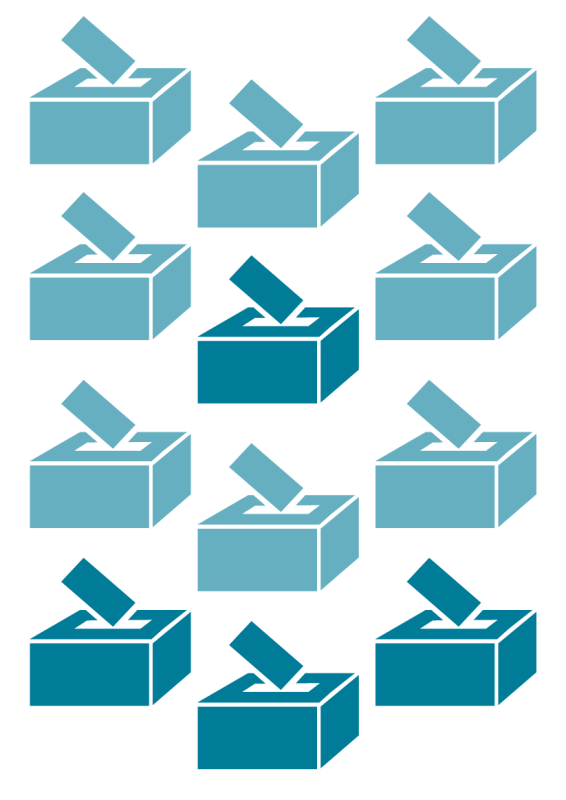How is the opening date for the next Parliament decided and who makes that decision?
Ballot box graphic

Parliamentary Education Office (peo.gov.au)
Description
This graphic is a representation of a ballot papers being placed into a ballot boxes.
This work is licensed under a Creative Commons Attribution-NonCommercial-NoDerivs 3.0 Unported License.
You are free to share – to copy, distribute and transmit the work.
Attribution – you must attribute the work in the manner specified by the author or licensor (but not in any way that suggests that they endorse you or your use of the work).
Non-commercial – you may not use this work for commercial purposes.
No derivative works – you may not alter, transform, or build upon this work.
Waiver – any of the above conditions can be waived if you get permission from the copyright holder.
The Australian Constitution says the Australian Parliament must sit within 30 days of the return of the writs. Writs are legal documents.
Before an election can be held, the Governor-General issues writs instructing the Australian Electoral Commission (AEC) to hold elections for the 150 members of the House of Representatives and the 4 territory senators. State governors issue writs for the election of the state senators.
Once the AEC have counted the votes, the writs are returned which confirms the official results of the election. The writs for the House of Representatives and territory senators are signed by the Australian Electoral Commissioner and returned to the Governor-General. Writs for the state senators are signed by the electoral officer for each state and returned to the state governor.
It is up to the Australian Government to decide the date within those 30 days that Parliament should open.
